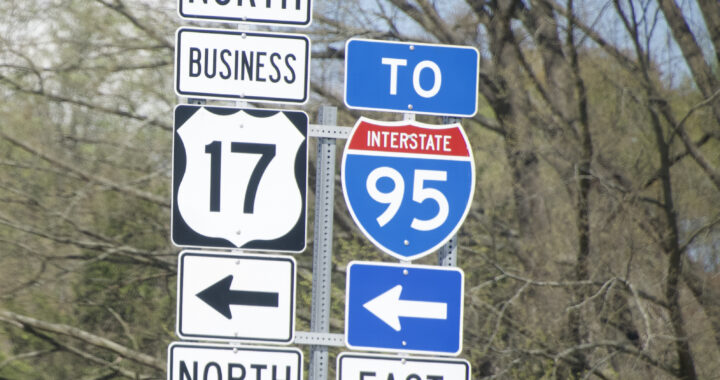Abraham Lincoln: axe murderer?
2 min readBy Mary Wilkerson
What do the Roanoke Colony, Edgar Allen Poe and Abraham Lincoln all have in common? Well, vampires, according to Seth Grahame-Smith, the author of “Abraham Lincoln Vampire Hunter.”
In this novel, Lincoln is less honest and more lethal-stealth assassin. You may remember Smith from his 2009 release Pride and Prejudice and Zombies.
As the semester quickly draws to an end students looking for entertaining summer reads should seriously consider picking up this book—but do not expect it to be all fun and games. The novel is a parody, and is laugh out loud funny at many points, but it is written as a serious story, in a similar style to World War Z.
The introduction ties the author personally to the story, as the one entrusted with secret journals of Lincoln and charged with telling the true story: “what follows nearly ruined my life. What follows, at last, is the truth.” This opening gives the book an exciting and undeniably compelling start.
The vampires are refreshingly portrayed as extremely violent and gory monsters, and Smith holds nothing back in describing their horrific acts.
Smith’s style of writing and use of language is as interesting as it is straightforward and uncomplicated, making the novel a quick read.
Though written as a biography, Smith incorporates a generous amount excerpts from letters, journals and newspapers. He compliments this with hilariously photo-shopped images, such as a 1913 oil on canvas, “Abe stands among his vampire victims.”
As with all mock biographies based on historical figures, the reader cannot help but wonder where the lines between fact and fantasy are blurred. Smith cleverly uses real history as the backbone of his novel, weaving the two together so closely that it is easy to stop caring about the blurred lines and just enjoy the story.
A short trip to Wikipedia can answer any basic questions about Lincoln’s life when the novel has been finished.
Smith is guilty of name dropping, tossing in such characters and events as Edgar Allen Poe, the Roanoke Colony, the Hungarian Blood Countess and the Five Points riots in New York City. He ties these to vampires, with varying degrees of success.
The last third of the novel, concerning Lincoln’s presidency, drags a little as the history is more familiar in this section. Most individuals remember John Brown, Dred Scott, Charles Sumner, Jefferson Davis and John Wilkes Booth from grade school. The descriptions of the Civil War battles seem routine at best.
Smith recovers with a strong, twist ending.
Vampires aside, Smith’s understated writing impresses the reader with the semi-tragic life of a well-loved president.











